As the calendar year winds down, insurance carriers and self-insured organizations often face mounting pressure to clean up their books, meet financial targets, and show strong results to stakeholders. But finding last-minute wins without overloading internal teams is easier said than done.
That’s where subrogation comes in.
Often underleveraged, subrogation can deliver meaningful financial impact—recovering funds, reducing losses, and improving profitability metrics—without hiring, system changes, or operational disruption. Below are three strategic ways subrogation can strengthen your year-end financials with minimal lift.
Accelerates Recovery Without a New Headcount
For most organizations, internal claims and legal teams are already stretched thin by Q4. Pursuing recoveries from third parties can feel like a luxury—unless you use a partner.
Subrogation firms take on the time-intensive work, including:
- Handling legal filings, follow-up, and negotiation
- Navigating compliance and documentation at scale
And the best part? Most operate on a contingency model, so there’s no upfront cost. You only pay when they recover funds—making it a low-risk, high-reward option to boost recovery without adding to your payroll or shifting internal priorities.
Lowers Net Loss Ratio and Boosts Year-End Profitability
Recovered funds don’t just help the balance sheet—they improve your metrics.
Strategic subrogation can:
- Lower incurred losses on your year-end books
- Improve your net loss and combined ratios
- Strengthen your position with reinsurers and investors
Even a modest lift in recoveries can create a ripple effect across financial reporting. With tighter margins and more scrutiny at year-end, a strong insurance recovery strategy sets the tone for next year’s negotiations and performance optics.
Turns Old Claims Into Last-Minute Wins
Think closed claims are done? Not necessarily.
Many organizations leave money on the table by missing overlooked subrogation opportunities—especially in older or dormant files. A year-end audit with the right partner can uncover:
- Recoverable losses that were previously written off
- Stagnant claims that still carry viable recovery potential
- Missed third-party liability cases buried in data
Activating subrogation now can demonstrate proactive financial stewardship and deliver surprise recoveries in time to impact year-end reports.
Leverage Subrogation for Smarter Year-End Results
Subrogation isn’t just a legal function—it’s a financial opportunity. And at year-end, when time and resources are tight, it offers a strategic advantage: recover more without doing more.
Want to turn overlooked claims into last-minute results?
Explore how our subrogation experts help organizations improve year-end financials—without increasing overhead.

